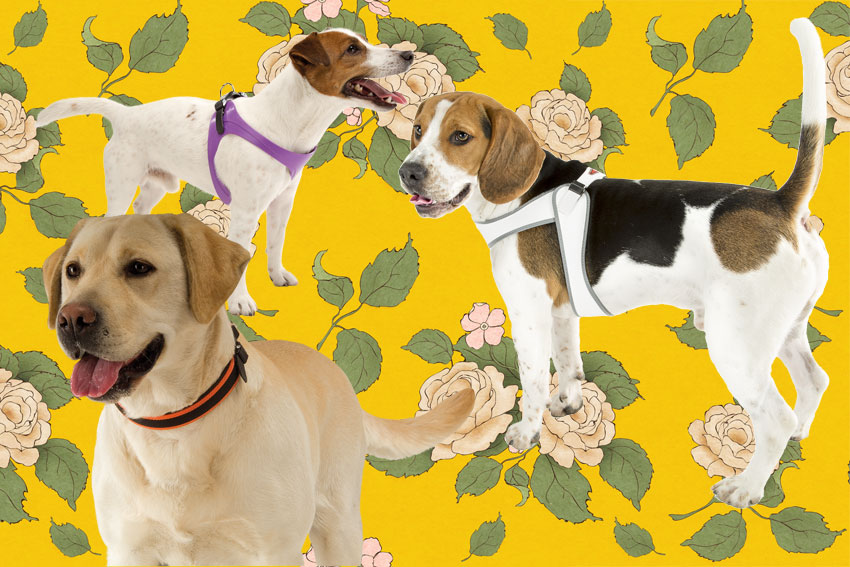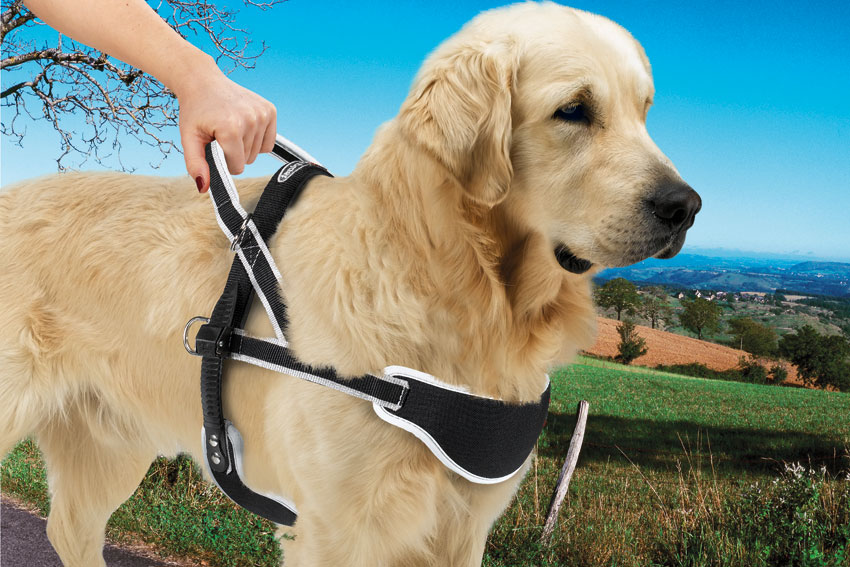A Hamlet-like doubt for dog owners: what’s the safest choice? We asked a veterinarian, an animal expert and a Ferplast customer. These are their different opinions, as it looks like there’s no absolute truth in this case.
THE VET: I usually advise chest harnesses, because they make it easier to control the dog, they’re less traumatic for the neck when the dog starts pulling, and it’s of course not true that they make the dog’s legs grow stunted, as some owners suspect. The collar has the advantage of being easier to put on, in particular when the dog isn’t very helpful, but when the animal tends to pull a lot, it can make him cough. So I wouldn’t advise the collar for dogs that already have airway or heart problems.
THE EXPERT: There’s not an iron rule when choosing between collar and chest harness. Not very long ago, there were only collars available, and dogs have very powerful neck muscles by nature, so collars are perfectly OK if your dog is healthy. Several dog owners prefer harnesses because they distribute the owner’s force better over a larger area of the dog’s body, instead of just around the neck. But when you’re training your dog, the collar gives him an immediate command, which is why I prefer it and advise it whenever a dog is being trained.
FERPLAST’S CUSTOMER: I have a small dog, but it feels like walking around with a lion instead. As soon as we get near another dog, he starts pulling like crazy, so I have to hold fast to the leash. His harness makes me less anxious, because when he pulls I know that the pressure isn’t all around his neck. I have the impression that it bothers him less, in particular when it comes to his airways.
People often think that harnesses are only suitable for small dogs. But Ferplast has harnesses in different models, H-shaped, Y-shaped or the Swedish type, equipped with handles, perfect for medium and large dogs. To determine which one is best for your dog, simply measure the width of his neck. Add another 2 or 3 cm for safety. Then measure his chest, at its widest point. Ideally, you should choose the chest harness according to the measurements of your pet and his temperament.


